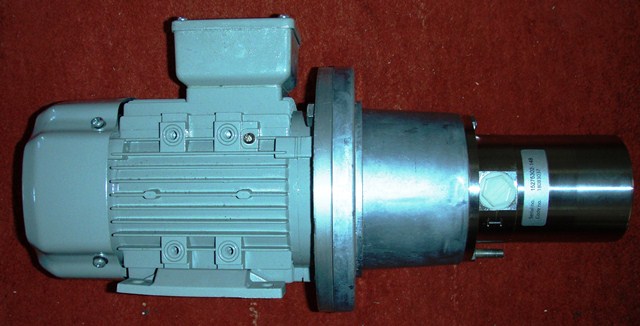On the spring trip I made some strange observations:
First: The whole system was running indeed. And the alternator was fully charging already at low rpm. Fine. Fine? Had I only flipped over a couple of pages in Nigel Calder’s book! The conclusion of what you can read there simply is: An alternator that delivers about 100 Amps takes about 4 hp from the engine. But I have a 42hp engine, haven’t I? Yes indeed. But at idle rpm of 800 rpm the engine delivers only close to 10 hp. Some 40 percent now were taken by the alternator, which lead to an unstable idle run. And when you shifted into forward the rest of the horsepower was hardly able to turn the propeller. The engine tended to stall. To prevent this I had to increase rpm immediately to about 1100, which normally means 4 knots speed.
But try to maneuver delicately at 4 knots while berthing or so, each time you shift into gear almost or actually kill the engine! And all this was talked about by Nigel Calder just a few pages after the chapter dealing with sizes of pulleys …
Now I had two good reasons to make the pulleys smaller again, which we did once back from our spring trip. Additionally, I installed an old blower to cool the alternator to keep it at a lower working temperature. In summer, however, the system was well balanced:
- Bigger pulleys than the original ones, yet not too big to draw to many hps when idling.
- A cooling fan to keep the alternator at a reasonable working temperature when under heavy load.
Everything nice, and in terms of providing enough electricity a real improvement. I have a very accurate Victron battery monitor on board. When I run the Karcher I adjust it in a way that there is a net draw of no more than ca. 15 Amps (net draw means: anything that the alternator delivers minus the draw of the Karcher, the draw of the booster pump and the draw of the blower/cooling fan for the alternator). This means the usual 1 to 1 ½ hour fresh water production time cost some 15 to 22 Amp hours out of my – meanwhile – 360 Ah battery banks. This is the case when the Karcher is running at ca. 60 percent power.
To tell you the truth:
An additional reason for those attempts to improve the energy situation was something different. I hardly dare to speak about it, because it is like betraying the whole Kärcher concept that numerous people meanwhile have copied (I receive emails on this topic every now and then. It seems as if “Dido’s Watermaker” has somehow become an insider tip within the DIY watermaker community).
 During last winter by chance I found a Danfoss APP (Axial Piston Pump), specifically designed for watermakers (in terms of pressure and flow rate) and at the very upper end of the price range for professional watermaker pumps. It is silent, slim, lightweight, practically maintenance-free, less power-consuming. And it costs USD 2,700. Without anything, no electric motor or any other add-ons.
During last winter by chance I found a Danfoss APP (Axial Piston Pump), specifically designed for watermakers (in terms of pressure and flow rate) and at the very upper end of the price range for professional watermaker pumps. It is silent, slim, lightweight, practically maintenance-free, less power-consuming. And it costs USD 2,700. Without anything, no electric motor or any other add-ons.
I found a new one (some are still available) for USD 999.99, still at days where the Euro exchange rate turned out to be an additional advantage. (I usually do not recommend specific suppliers, but in this case, I’ll make an exception because the company was very helpful and supportive. Anyway, you will find it if you google for “Danfoss APP 0.8”: www.bigbrandwater.com. At the moment (2017) the displayed price is high, you should ask them if you want one, however.
Although our watermaker was working perfectly for our needs I never stopped to read everything that I could get. So, I had learned about those rarely used but high-end Danfoss pumps. Finally, I ordered one.
Apart from the simple “I want to have this professional device” there were some pretty good reasons: twice the water at more or less the same power consumption was my rough estimate.


